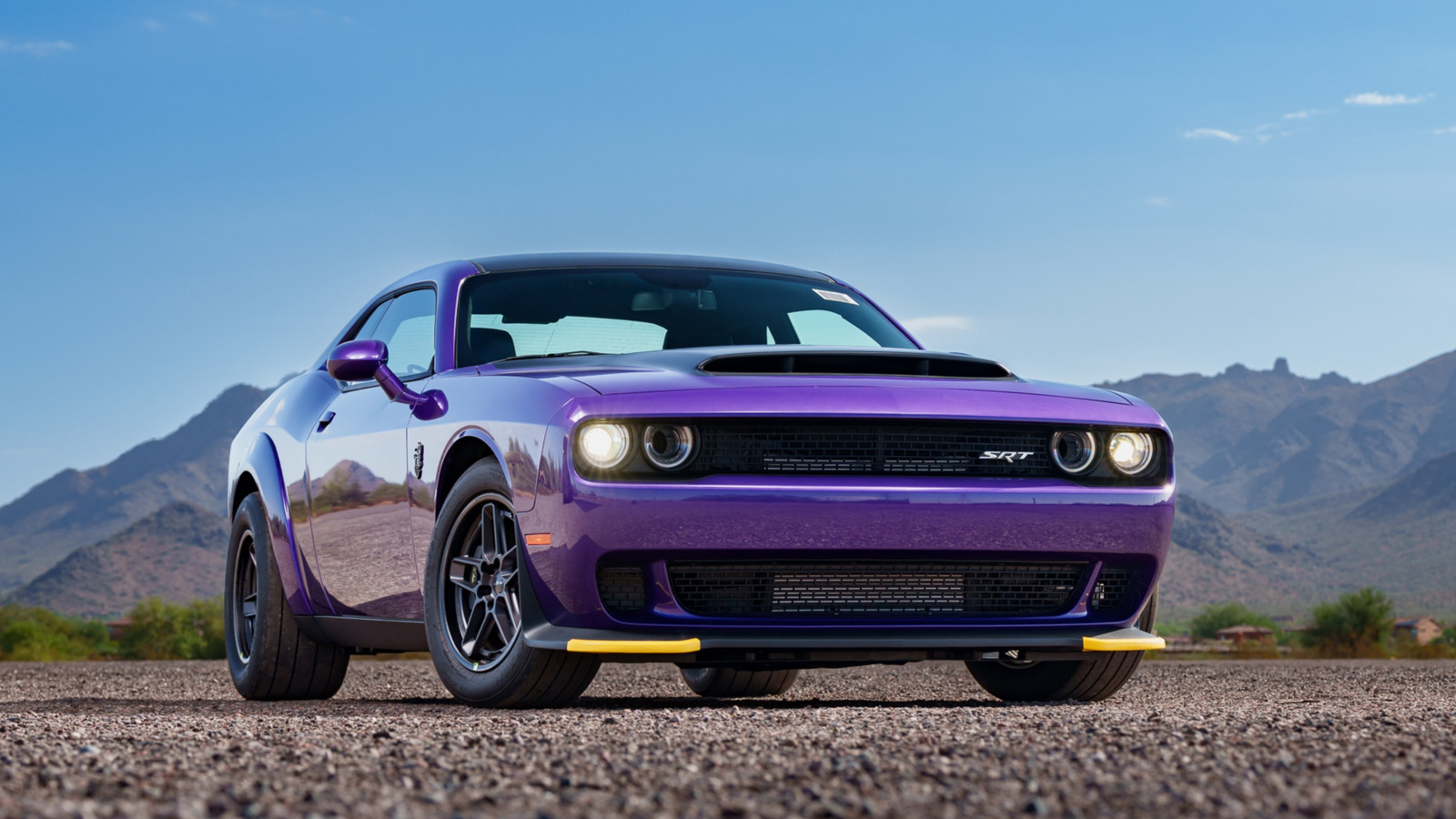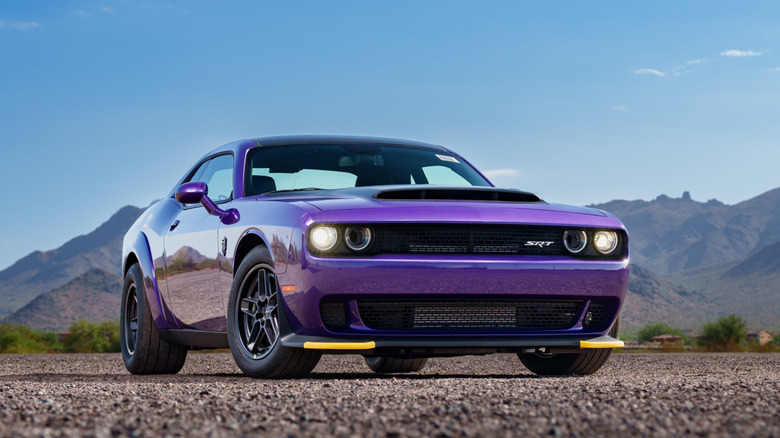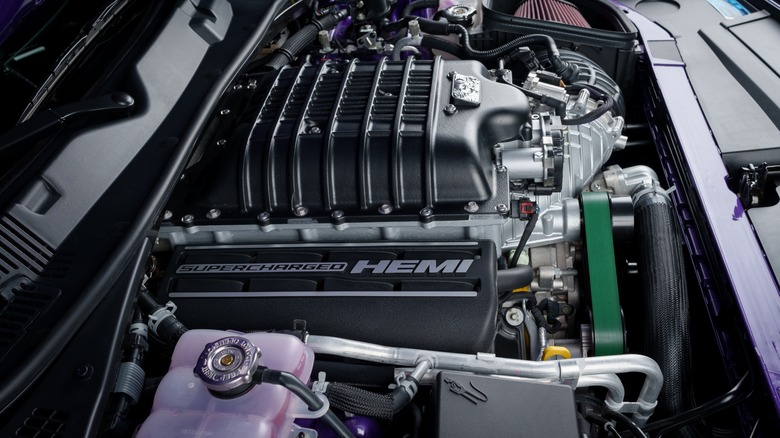As Stellantis shifted its priorities toward electrification, it sadly discontinued some of its most beloved engines. Established in 2021, Stellantis is a global automotive conglomerate born from the merger of Fiat Chrysler Automobiles (FCA) and PSA. Forming during the supply chain shortage crisis, Stellantis immediately faced a wave of obstacles. One of its most significant challenges was to honor the heritage of 14 diverse brands, including Chrysler, Dodge, Jeep, Maserati, Alfa Romeo, Fiat, Citroën, and Peugeot, while defining each of its unique futures.
Today, we’re celebrating three of our favorite engines that Stellantis has discontinued since its inception. Many brands in the Stellantis portfolio boast over a century of history, with much of their performance legacies characterized by their engines. Unfortunately, just two years after Stellantis’s formation, these three revered engines began to be phased out. Some of these engines helped their models break speed and acceleration records, while another enabled trucks to fulfill their workhorse duties while achieving remarkable fuel economy. Either way, these engines deserve recognition.
Maserati V8 (F154)
Maserati produced over 100,000 8-cylinder-powered vehicles over the last 64 years before Stellantis axed the Italian marque’s final V8 engine. Co-developed with Ferrari, this twin-turbocharged 3.8-liter V8 delivered the thrilling performance one expects from a brand with a proud racing history.
The first model to feature this V8 was the 2013 Maserati Quattroporte GTS. Eventually, it became available in the brand’s first SUV, the Levante, as well as its mid-size sedan, the Ghibli. In the Levante, the engine produced 580 horsepower, enabling a sprint from 0-60 miles per hour in just 3.7 seconds, pushing the boundaries of gas-powered luxury SUV performance.
To commemorate the end of this engine, Maserati offered special edition models, such as the 2023 Ghibli 334 Ultima edition. With a top speed of over 207 mph, Maserati claimed it was the fastest sedan in the world. A reduced curb weight and 572 hp enabled this Ghibli to reach 60 mph in just 3.9 seconds — since this engine debuted in the Quattroporte a decade earlier, it was fitting that this was the final Maserati model offered with this V8 engine. Additionally, a Quattroporte Grand Finale edition produced 572 horsepower and 538 pound-feet of torque.
Supercharged 6.2-liter Hemi Demon V8
Shifting gears from Italian to American muscle, Stellantis has slowly phased out Hemi V8 engines throughout its lineup. One of the most prized Hemi engines no longer in production is the Hemi Demon V8, particularly the one used in the final Dodge Challenger SRT® Demon 170.
This limited-production model featured a 1025-hp supercharged 6.2-liter Hemi Demon V8 engine with a 3.0-liter supercharger and 945 pound-feet of torque. As the first Hemi to exceed 1,000 hp, the Demon boasted supercar-level performance, launching from 0-60 mph in an astounding 1.66 seconds and completing the quarter-mile in 8.91 seconds. With these times, it’s unsurprising that the Demon set two records: first, as the fastest-accelerating car, and second, for the quickest quarter-mile time for a production car. Given its sub-2-second 0-60 mph time and single-year production run, the Demon is highly sought after by enthusiasts. With exhilarating speed, fans would welcome a comeback of this record-breaking engine in future Chrysler models, like the new Charger. Although, for now, it’s still discontinued.
3.0-liter EcoDiesel V6
After nearly a decade of production in the U.S., 2023 marked the last year for the 3.0-liter EcoDiesel V6 engine. Producing 260 hp and 480 lb-ft of torque in its final iteration in the 2023 Ram 1500, this engine was known for its efficiency and hauling capability. For those seeking a more environmentally friendly option, the engine was also designed with B20 biodiesel capability.
Where the Demon engine delivered alarming power, the EcoDiesel delivered exceptional range. The 2023 RAM 1500 4×4 EcoDiesel V6 featured an EPA-estimated 28 miles per gallon on the highway and could travel an astounding 950 miles on a single tank of fuel. Imagine taking a nearly 1,000-mile road trip and not having to stop to refuel the tank?
However, its performance went well beyond range. Intended for hauling, the RAM 1500 4×4 had a towing capacity of 9,600 pounds and a payload capacity of 1,780 pounds when paired with this engine. Of course, with this machine’s capabilities, why wouldn’t it be on our list of engines we’re still sore about losing?




